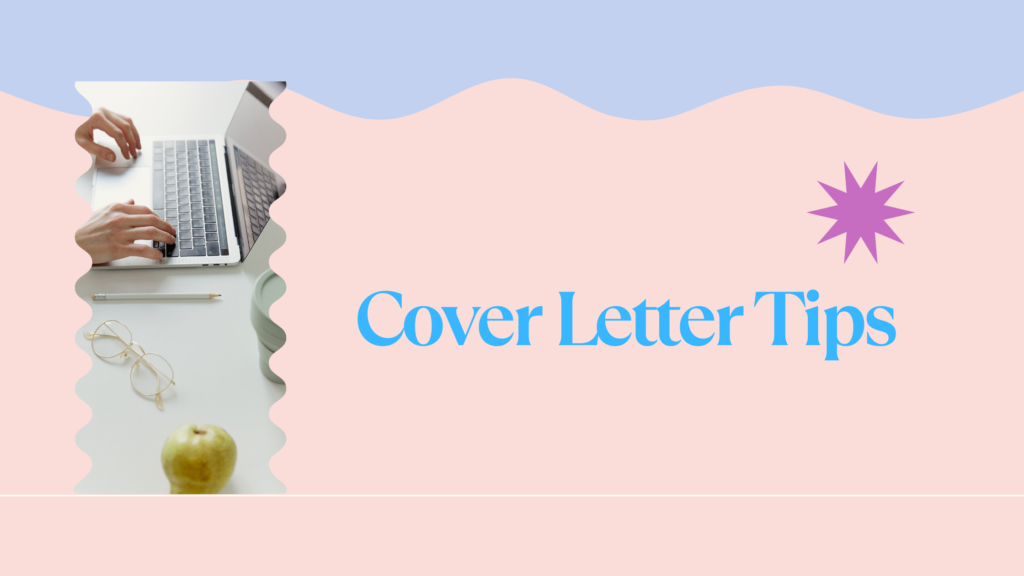Joining the workforce requires that you arm yourself with cover letter writing skills. While having a great resume or CV is paramount, knowing and understanding the role of a cover letter is essential if you want to land the job you deserve.
Indeed, many opportunities may not require a cover letter from job applicants, yet having zero knowledge of this type of letter may hurt you when you least expect it. Many recruiters and companies still require job applicants to provide this letter alongside their resumes as it helps Hiring Managers or employers narrow down their right-fit candidates.
This blog post will give you clear insights and tips on crafting a winning cover letter that will create an excellent impression, but first and foremost, let us concisely define this type of letter.
What is a cover letter?
A cover letter is a document that conveys your interest in a job to the right person. It first introduces you to the person handling the job application, such as the employer or HR. It informs them of your qualifications, what you understand about the said company, the role you are vying for, and how you are the one for the job.
Cover letters are also called application letters and can be between 200 or longer. However, they are designed to be short and straight to the point, so they do not take up time and bore the reader with irrelevant information.
Cover letters, if required, are submitted alongside your resume. The knowledge you must discard about this letter is that it can be generic.
Meanwhile, cover letters are job-specific. They are tailored to discuss a particular job application per time, not a write-up you keep for all your job applications.
What must be included in a cover letter?
Some details are necessary for your letter to stand out, while other information may bore or repulse the employer or Hiring Manager. Therefore, a standard application letter must allow your communication and persuasive skills to shine.
While at that, you must include salutations, your work experience, qualifications, and why you are their rightful candidate. With this information in mind, how do you start and finish a cover letter like a pro? Scroll down to find out.
Also Read: Sure tips to land remote jobs in your niche
How to start and finish a cover letter like a pro
To start your letter, you must ensure you show professionalism all through and end with gratitude. Keep in mind that you must make your letter a one-page document, short, with at most three paragraphs. So, the laid down rules are as follows:
Your contact and personal information
Your details must be the first thing the Hiring Manager or employer comes in contact with at the first glance. The information to include:
- Your name
- Email address
- Phone number(s)
- Current date
- City and state of resident
- Zip code
- Hiring Manager or employer’s name and title
- Company’s name
- Company’s address
- Email address (optional)
Salutation must be present and specific
First, know who you are addressing it to and tailor your salutation. Many schools of thought believe that going “Dear Sir/Ma” was left in the ‘80s.
Therefore, you must address your cover or application letter to a specific person and call them by their first and last names. If you do not know the name of the HR or employer, contact the company and clarify this.
However, if you do not have an avenue to contact the company, you may use the generic “Dear Sir/Ma/Hiring Manager. It is unacceptable for you to salute with “My Dear…” or “To whom it may concern.”
Begin with a paragraph
Your first paragraph must be the opening remark. It must include the company name, job title, declaration of intention for the position, and research on the company.
Ensure that the way you declare your interest must be persuasive enough and direct to the point. More so, you must show your willingness and excitement for the job.
Introduce the body of the letter
Now is the time to blow your trumpet while you talk about your work experiences. This work experience must align with the job position you are vying for.
Tell of how you excelled in your previous job and the skills you have that helped you shine forth. You may mention your previous workplace if it can help boost your application.
Meanwhile, remember to capture your achievements on the job. Be conscious of time and the length of your cover letter, so be brief.
Also Read: Grant writing guide to a winning proposal
Finish up with a solid final note
It is time to complete your cover letter. You must adopt a final tone and start with a paragraph.
Expand on what you have touched in the body of your letter without repeating yourself in another sentence. Give strong reasons why you are a good fit by highlighting more skills you have not mentioned earlier.
Finally, express your strong desire to work for the company and the benefits you will bring should you be employed.
Sign off professionally
“Thank you for reading this article. I look forward to reading your comments and thoughts in the comment section. It is important to keep visiting my blog, as I have a lot to teach you. Your learning about writing is highly important to me.
Kind Regards,
Blessing Nite.”
I just did a sign-off example up there. This is how to end your cover letter by thanking whomever you addressed it to, encouraging them to act according to your wish, and finally wishing them well.
Do not forget your name. As I demonstrated, you must include your first and last name at the end of your cover letter.
Your cover letter represents you and speaks for you in your absence. Therefore, write it how you would have talked about yourself or even better.


